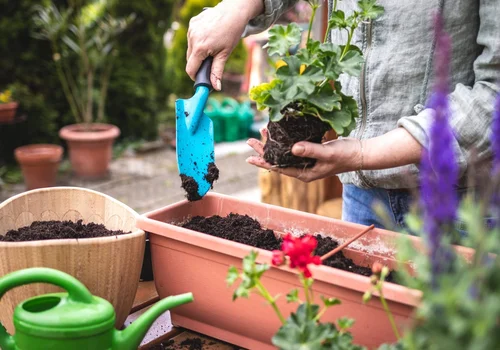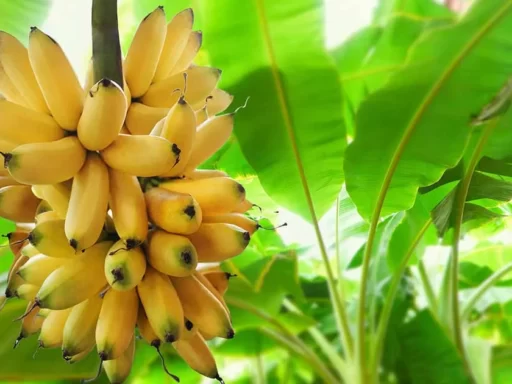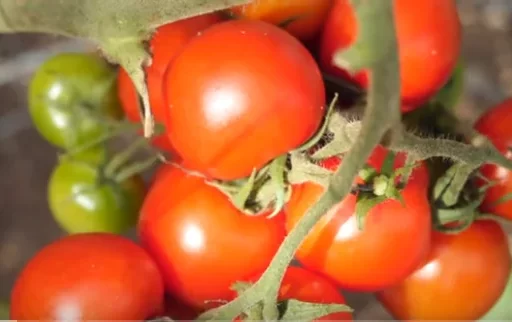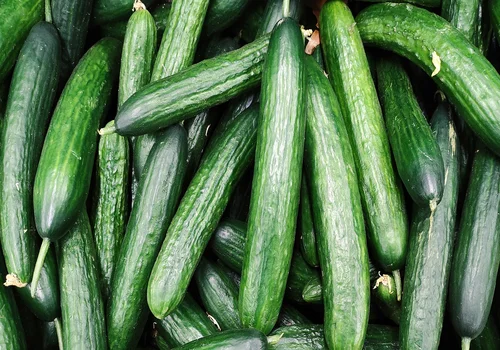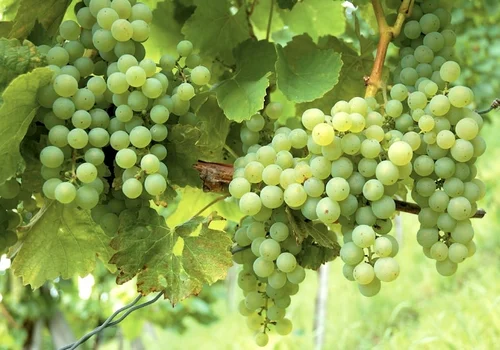As spring transitions into summer, your garden comes alive with activity. Gardening is a rewarding experience that helps you connect with nature while creating a beautiful and productive space. In this guide, we’ll explore essential gardening tips and techniques to ensure a bountiful harvest. From planting potatoes and tender crops to dealing with pests, this article will cover everything you need to know to make your garden flourish.
Planting Potatoes: A Summer Staple
Potatoes are a garden favorite and a sign that summer is on the horizon. There are two main types of potatoes: early season (first earlies) and late season (main crops). The difference between the two is in their growing habits:
- Early Season Potatoes: These determinate potatoes grow in a single layer, which means their tubers are closer to the surface. To prevent the potatoes from turning green and poisonous due to sunlight exposure, mulch them well. You can use grass clippings, compost, or straw to keep the soil covered. Remember to spread the mulch thinly to avoid attracting slugs.
- Late Season Potatoes: These indeterminate potatoes form tubers at greater depths, allowing for a larger harvest. To encourage better growth, practice “hilling” or “earthing up,” which involves piling soil around the base of the potato plants. This process creates more space for the potatoes to grow and can be done once or twice throughout the season.
Supporting Beans: Keeping Your Crop Upright
Broad beans, or fava beans, are another summer favorite. As they grow, the plants at the edges of the bed may flop over, potentially damaging stems and pods. To prevent this, use short canes and string to provide support. Place canes at the corners and along the sides of your bean rows, then tie string horizontally to create a structure that helps keep the plants upright.
Additionally, pinching out the top growth points of the bean plants once they begin flowering can help deter pests like black bean aphids. As a bonus, you can eat the pinched-out tips in salads or lightly steam them, much like spinach.
Pest Control: Keeping Your Garden Healthy
As spring gives way to summer, garden pests become more active. Roses, for example, are often one of the first plants to show signs of aphid infestations. Other common pests to watch for include:
- Whitefly
- Flea beetles
- Rosemary beetles
- Asparagus beetles
- Sawflies
Regularly inspect your plants for pests and act quickly. Handpicking caterpillars or squashing aphids can prevent infestations from spreading. You can also use a strong jet of water to blast pests off your plants. Keep your garden well-watered to ensure your plants stay healthy and more resistant to attacks.
For plants that are particularly susceptible to pests, such as carrots and radishes, consider using row covers made of fleece or insect mesh. These covers act as a barrier, protecting your crops from pests like carrot flies and flea beetles.
Digging Up Overwintered Crops
As summer approaches, it’s time to make room for new crops by clearing out any overwintered vegetables, such as sprouting broccoli and brussels sprouts. These hardy plants have likely developed thick stems that can take time to break down. Help the decomposition process along by chopping the stems into smaller pieces before adding them to your compost heap.
Once the old crops are cleared, you can plant summer vegetables like zucchini (courgettes) and nasturtiums. These new crops will fill the space quickly, bringing color and life back to your garden.
Planting Tender Crops: Tomatoes, Peppers, and Zucchini
Now that the weather is warming up, it’s time to plant tender crops such as tomatoes, peppers, and zucchini. These plants thrive in warm soil, so make sure to prepare the bed by adding well-rotted manure or compost.
When planting zucchini, consider planting them in pairs to ensure better pollination. Male and female flowers will open simultaneously, improving fruit set. You can also create small levees around each plant to catch and direct water towards the roots, helping to keep the soil moist without the need for plastic pots.
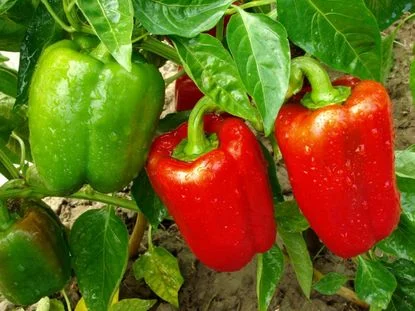
For tomatoes and peppers, choose the sunniest spot in your garden to encourage healthy growth. Consider using liquid tomato feed rich in potassium once the plants begin flowering to promote more blooms and fruit production.
Growing in Straw Bales
If you’re looking for an alternative method for growing vegetables, straw bales can be a great option. Straw bales act like raised beds, lifting your plants to waist level for easy access and reducing the need for bending. They also hold moisture well, allowing you to water less frequently.
While straw bales need time to condition before planting, they can offer several advantages, such as improved water retention and better soil structure. You can plant crops like tomatoes, peppers, and cucumbers directly into the bales.
Harvesting Your First Salad of the Season
Even in the early part of the growing season, you can begin harvesting salad crops like lettuce, spinach, and radishes. These fast-growing plants are perfect for continuous harvesting, as you can pick the outer leaves while leaving the plant’s central crown to regrow. Regular watering and vigilant slug control will help ensure your salads thrive.
Weeding: Staying on Top of Garden Maintenance
Weeds can quickly take over a garden if left unchecked, but regular maintenance can keep them under control. A few minutes spent weeding each week will save you time and effort later in the season. Use a hoe to keep the soil moving and prevent weeds from establishing. Staying proactive with your weeding will make a significant difference in the overall health of your garden.
7 Frequently Asked Questions
- How often should I water my potatoes? Potatoes need consistent watering, especially during dry periods. Water deeply once or twice a week, ensuring the soil remains moist but not waterlogged.
- What is the best way to control aphids naturally? You can control aphids by handpicking, using a strong jet of water to knock them off plants, or introducing beneficial insects like ladybugs to your garden.
- When should I plant zucchini in my garden? Zucchini should be planted after the last frost when the soil has warmed up. Ensure they have plenty of space to grow as they can spread quickly.
- What are the benefits of using straw bales for gardening? Straw bales raise plants to a convenient height for tending, hold moisture better than containers, and can be a cost-effective alternative to traditional raised beds.
- How do I prevent slugs from damaging my salad crops? Keep the area around your salads free of weeds and long grass, set up slug traps, and regularly check under boards or other hiding spots where slugs might congregate.
- Can I plant tomatoes and peppers in the same bed? Yes, tomatoes and peppers can be planted together as they have similar growing requirements, such as full sun and well-drained soil.
- How do I prepare my garden for summer crops? Clear out any overwintered crops, amend the soil with compost or manure, and plant summer vegetables like tomatoes, zucchini, and peppers in well-prepared beds.

